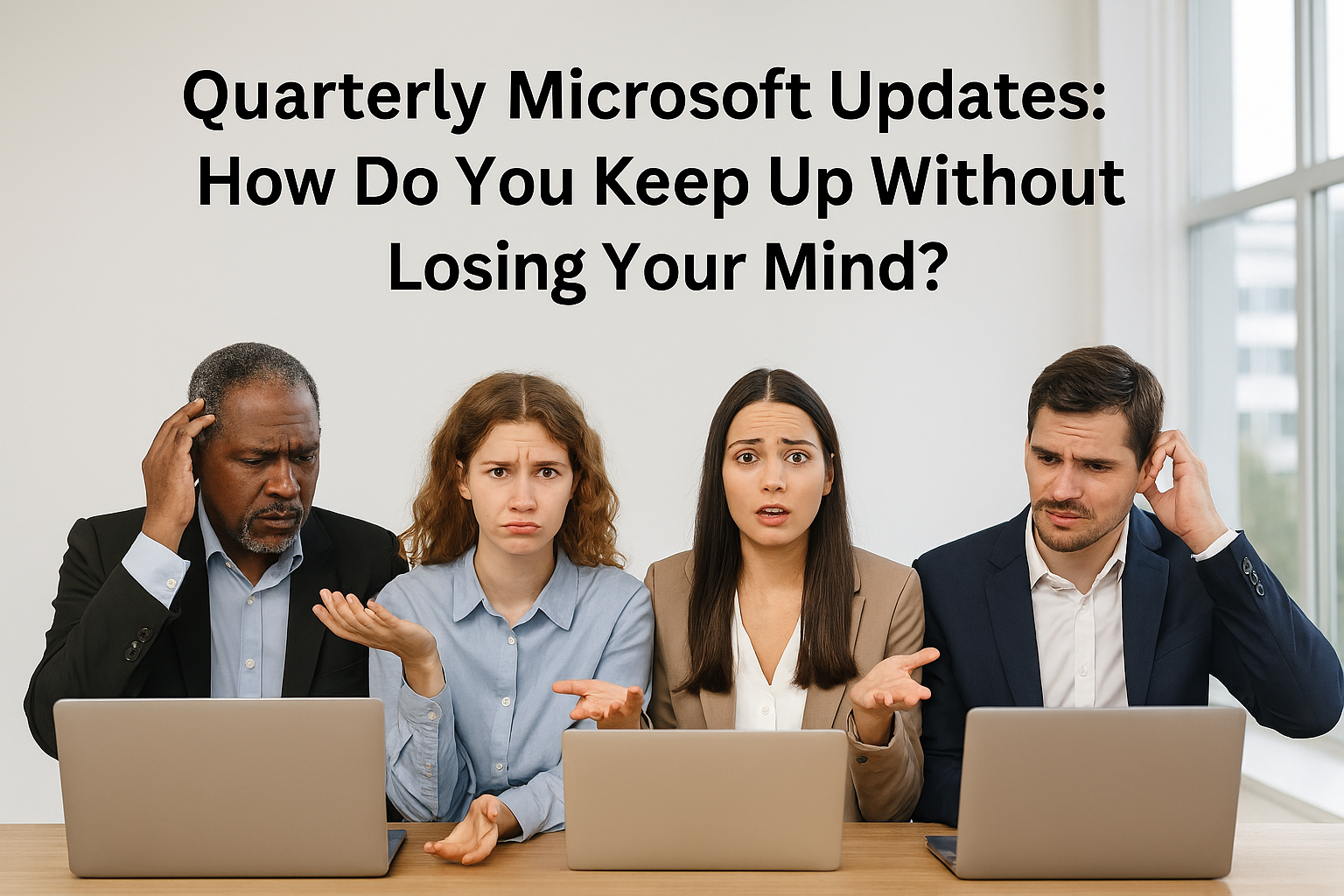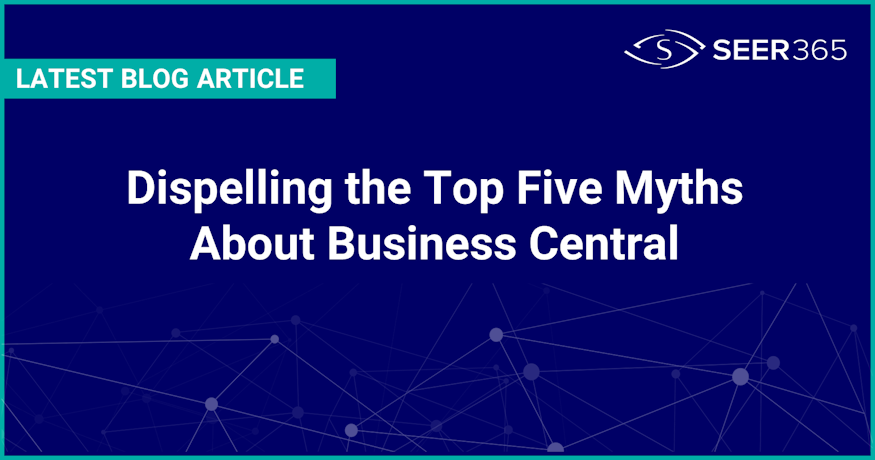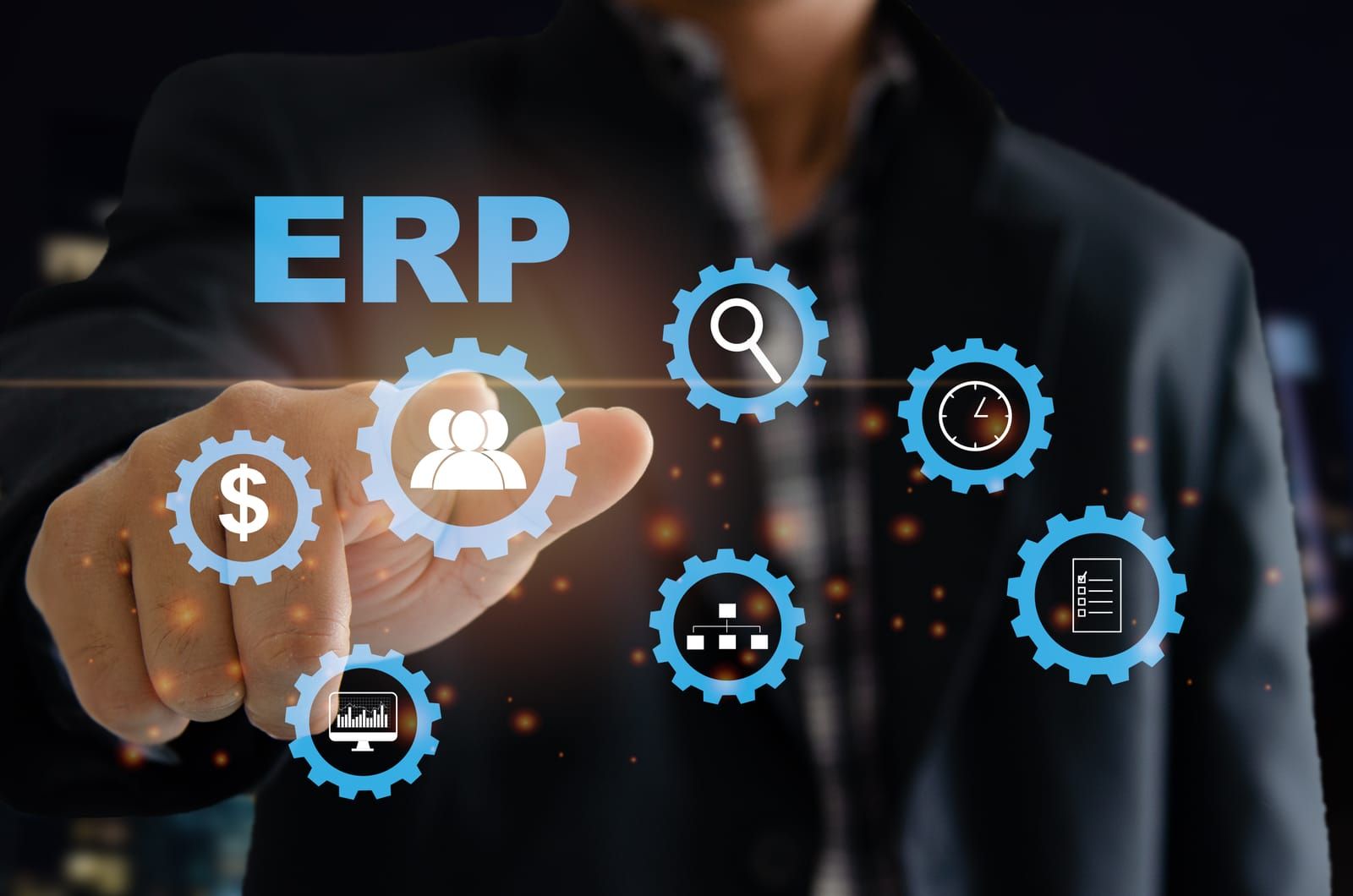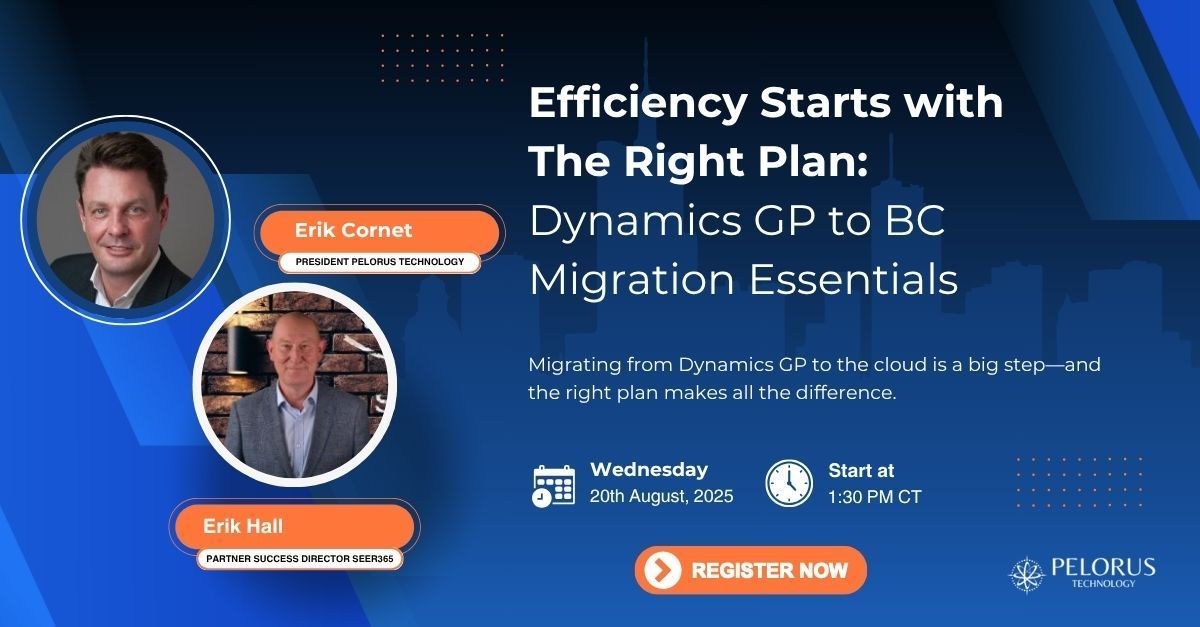ERP Security Risks: Why On-Prem Systems Fall Short

If your ERP is still running on a dusty back-office server that's older than your intern, it might be time for a chat. ERP security risks are rarely loud or dramatic... but they’re almost always underestimated.
Especially when your system is sitting quietly on a local server and no one’s asked who’s updating it.
Some companies worry about cyberattacks. Others worry about upgrading their ERP because Dave in accounting swears the current version is “just fine.” Only one of those worries keeps auditors up at night.
Here’s the thing: these risks don’t show up with red flags and sirens. They show up in quiet ways, like inconsistent backups, outdated certificates, and that one person who still has admin access but left the company two years ago.
I’ve seen companies put off modernization because the system still “works.” But working and protected are not the same thing.
In this blog, I’ll share what I’ve learned about the security gaps in legacy, on-premises ERP systems, and why migrating to a cloud ERP isn’t just about convenience, it’s about survival. Especially if compliance matters (and let’s be honest, it always does).
What Are the Security Risks of Using an On-Premise ERP System?
Even if your system seems stable on the surface, on-prem ERPs are vulnerable in ways that can quietly spiral into business-critical issues.
- Manual patching (if it happens at all): Your IT team is responsible for every update, every fix... and every weekend spent waiting for something to crash.
- Limited monitoring: Most SMBs don’t have full-time security analysts tracking logs and access patterns.
- Forgotten accounts: Former employees with lingering access are a common weak point.
- Outdated firewalls and antivirus tools: These might have been fine in 2018, but they’re not standing up to today’s threats.
- Physical vulnerability: Servers sitting in unlocked closets or storage rooms aren't winning any awards for physical security.
These aren't edge cases—they're common issues.
As Forbes found, the real cost of on-prem isn't just maintenance, it's exposure. And that exposure grows every day your ERP stays frozen in time.
How Does Cloud ERP Improve Data Security and Compliance?
Here’s the upside: cloud ERP shifts a big chunk of the security burden off your team and onto the experts who manage the platform.
- Automatic updates: No waiting on internal bandwidth to apply security patches. Updates happen regularly, behind the scenes.
- Built-in compliance tools: Microsoft’s cloud infrastructure includes features for data classification, retention policies, and audit logging—no add-ons required.
- Role-based access control: Employees only see what they need, and permissions are easy to manage.
- Real-time threat detection: Cloud ERP platforms monitor traffic and alert for suspicious behavior before you have a breach on your hands.
- Encryption and redundancy: Your data is stored across multiple secure data centers, encrypted in transit and at rest.
In Cloud ERP: Strategies for Maximizing Success, Gartner shares how cloud ERP providers offer stronger baseline protection than most SMBs can achieve on their own. And since they’re on the hook for uptime, security, and compliance, it’s in their best interest to keep you covered.
What Are the Benefits of Migrating to a Cloud ERP for Better Cybersecurity?
Cybersecurity is about more than dodging threats—it’s about building resilience into how your business runs. Secure businesses benefit from:
- Reduced IT burden: No more juggling third-party security tools or praying your firewall catches everything.
- Disaster recovery built-in: Cloud ERP solutions include backup and recovery protocols that kick in automatically when needed.
- Remote access without risk: Secure logins and multi-factor authentication make it easy to work from anywhere, without VPN headaches.
- Centralized visibility: You can track user activity, monitor access, and pull audit logs without needing a forensics expert.
- Proactive protection: Cloud providers constantly test and improve their environments based on the latest threat intelligence.
Meanwhile, the longer you delay, the more likely your on-prem system becomes a soft target. And let’s face it, ERP security risks aren’t getting easier to manage manually.
How Does Microsoft Dynamics 365 Business Central Ensure Compliance and Data Protection?
With Dynamics 365 Business Central, you’re not just getting modern ERP features - you’re getting Microsoft’s full-scale commitment to security and compliance.
- Enterprise-grade infrastructure: Microsoft invests over $1 billion annually in cybersecurity and operates over 200 data centers worldwide.
- Certifications and standards: Business Central meets dozens of international and industry-specific compliance requirements, including SOC, GDPR, HIPAA, and more.
- Seamless integration with Dynamics 365: Teams, Outlook, Excel—it’s all connected, and all under the same secure umbrella.
- Automatic backups and updates: You’re never running unsupported software, and you don’t need to schedule your life around patch windows.
- Built-in governance tools: Audit trails, user permissions, and data classification tools help keep your organization accountable and audit-ready.
What would a move like this look like? Our Business Central Migration Guide walks through what to expect and how to prep—so you can stop worrying about compliance gaps and start focusing on growth.
Conclusion: Don’t Wait for a Breach to Rethink Your ERP
The bottom line?
ERP security risks aren’t just an IT problem—they’re a business liability. Every week you remain on-prem is another week you’re relying on outdated defenses and hoping for the best. But the good news is, you don’t need to wait until disaster strikes to modernize.
At Pelorus, we help companies make the shift with a clear plan: no jargon, no finger-pointing - just a practical path forward. We align technology with your business goals... and we stick around to make sure it works.
If you’re ready to modernize with less stress and more control, let’s talk.
And if you want to see how a well-structured migration plan actually works, join us on Wednesday, August 20, for our free webinar: Efficiency Starts with the Right Plan: Dynamics GP to BC Migration Essentials.

About the Author
Erik Cornet is the founder of
Pelorus Technology and the creator of TiM (Time is Money), a time tracking solution built for professionals who are done with outdated timesheets. With more than 25 years in ERP consulting, software implementation, and business systems strategy, Erik focuses on delivering structure, predictability, and meaningful results—especially for professional services and manufacturing teams. His approach emphasizes clear scope, disciplined delivery, and tools that make complex work simpler.
You can find Erik on LinkedIn to connect or learn more about his work.
Contact us today at Pelorus Technology to elevate your business operations with our expert Microsoft Dynamics 365 solutions and Services. As a Global Microsoft Partner, we are committed to streamlining your processes and delivering top-tier services tailored to your needs. Let’s get started on your transformation journey!










